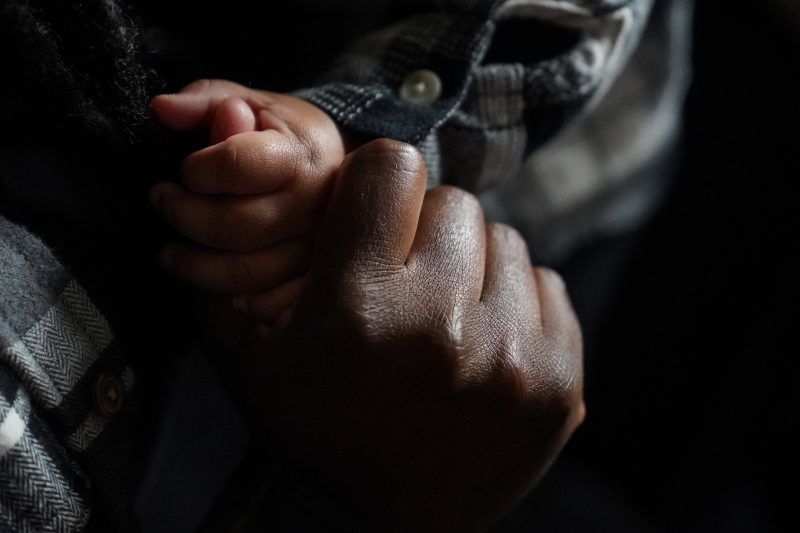There’s no question that American racial politics have shifted over the past century. In the 1920s, Black Americans were broadly excluded from society — explicitly in the South and somewhat more subtly elsewhere. Restrictions on immigration helped preserve the dominance of White people in the population.
Many Americans have a simplified understanding of what happened next. Explicit segregation was unwound, and overt racism — “colored” drinking fountains, burning crosses — became increasingly culturally unacceptable. Rules limiting the political power of Black Americans were legislated away. Immigration laws were loosened, and new arrivals from Central America and Asia helped boost and diversify the country’s population.
Those arrivals also reshaped how we understand race. For decades, America’s racial divide was White-Black. Now, it’s often framed as White-non-White, a clumping together of Asian, Black, Hispanic and other groups in a way that both blurs how those groups are affected by racism in different ways and, research shows, can lead to an unwarranted sense among White people that they face unified opposition by non-White people. Particularly among White Republicans, a group also found to generally have less knowledge about how racism manifested in the past.
America went from a system in which White power was codified explicitly and pervasively to one in which it is was embedded implicitly and more sporadically. The shift away from overt cultural racism was certainly important and necessary, but it also contributed to a politically palatable narrative about racism having been ended entirely. The election of Barack Obama in 2008 was hailed as the arrival of a new colorblind America. Martin Luther King Jr.’s ideal that people would be judged only by the content of their character had come true.
Then, powered in part by the arrival of smartphones, the Black Lives Matter movement emerged, providing a powerful lens into the disproportionate rate at which Black Americans are killed during encounters with police. Here, movement leaders argued, was a tragic demonstration of how racism existed and was buried within systems. The movement led to other examples coming to broad public attention, from housing to health care.
For many White Americans, this shift was jarring, if not always embraced. After 2014, White Democrats were more likely to espouse the idea that discrimination was a primary driver of the reduced economic status of Black Americans. Republicans largely weren’t. After all, hadn’t the country moved past all of this racism stuff?
Instead, many Republicans told pollsters that they viewed White Americans as victims of discrimination. The idea that White people were being disadvantaged relative to other groups is a common argument on the right, ranging from criticism of affirmative action policies to the breathless focus on critical race theory that emerged after the inauguration of President Biden — and after the renewed BLM protests in the summer of 2020.
This insecurity among White Americans was a central part of Donald Trump’s support in 2016; a sense that White people were losing out was a better predictor of support for his primary bid that year than was economic insecurity. The gap between college educated and non-college-educated voters in the general election was a gap centered on race.
What Trump did as president — and, particularly, since leaving office — was to give his base cover for more explicit racial rhetoric. His attacks on his opponents were frequently centered on race or racial triggers. During the 2020 election in particular, he cast American cities, locations associated with Black Americans in particular, as hopelessly dirty and dangerous.
More recently, he has attempted to depict Black officials conducting investigations into his actions as “racist.” He has said this more than once of Manhattan District Attorney Alvin Bragg, for example. It’s an obvious attempt to bolster his “they’re after you; I’m just in their way” appeals to his base by elevating the idea that Black people in positions of power are simply trying to tear down a powerful White person for no reason. This is useful largely because it distracts from the real questions at play, but it leverages the sense of embattlement that White conservatives have long felt and that spiked in the BLM era.
Trump’s attack on Bragg isn’t the only example in the last week of the inextricability of this view of race from politics.
The expulsion of two young Black legislators from the Tennessee House last week — but not an older White woman — raised obvious questions about the rationale for the difference.
Rep. Steve Cohen (D-Tenn.), rising to the defense of his state, told The Hill that the action “certainly has a racist appearance,” though he thought it was “more of a control issue.” This is, in part, the point: Younger Americans are less likely to be White and more likely to be Democrats, entwining race and age and politics in a way that’s often difficult to disentangle. Target Black people and you’re (mostly) targeting Democratic voters. Target young people and you’re (mostly) targeting Democratic voters.
The White Democrat who wasn’t ousted disagrees with Cohen.
“I think it’s pretty clear,” state Rep. Gloria Johnson said. “I’m a 60-year-old White woman, and they” — expelled Tennessee House members Justin Jones and Justin Pearson — “are two young Black men.”
Then, on Saturday, Texas Gov. Greg Abbott (R) pledged to pardon Daniel Perry, convicted of murder last week for shooting and killing a White, armed BLM demonstrator at a 2020 rally in Austin. Abbott centered his promise on the idea that the state’s “stand your ground” law permitted Perry to act, despite the views of Perry’s actions taken by “a jury or progressive district attorney.” It’s easy to engage in hypotheticals, but it’s fair to wonder whether Abbott would be so quick to exonerate a person who shot and killed someone protesting on behalf of, say, building a wall on the border with Mexico.
After all, there is established political benefit for Republicans in defending those accused of shooting BLM protesters. Kyle Rittenhouse, similarly accused in Wisconsin, became a right-wing celebrity during his trial and following his acquittal. Trump embraced Rittenhouse’s case and welcomed the shooter to Mar-a-Lago.
None of these issues or those like them are uncomplicated, often because they are intentionally complicated. But there’s a through line, one that Trump in particular has been adept at exploiting: America’s racial composition and power structures are different than they were 100 years ago. Many White Americans are ready to see themselves as embattled as a result — and many politicians and conservative-media figures are eager to leverage that sense. Ousting Black legislators from office or casting Black officials as racist against White people or pardoning someone who murdered a pro-Black protester are overlapping responses to that sentiment.
In many ways, there’s nothing new about this. Some White Americans have reacted negatively to their perceived (and, at times, actual) loss of power since the Confederacy’s surrender 158 years ago Sunday, if not earlier. That race is less clearly bifurcated than it used to be and that the systems that affect racial power are different is important. But the underlying sentiment is often very much the same.








